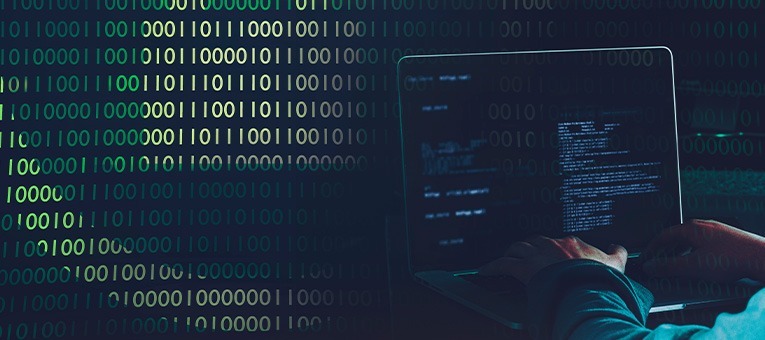By Richard Arneson
With a value of almost $300 billion, retail juggernaut Walmart, which includes Sam’s Club, has turned to blockchain to keep customers safe from future produce-related illnesses. It’s estimated that outbreaks related to food borne illnesses, like those that occurred in April due to E. coli-tainted romaine lettuce, result in combined costs over one hundred fifty billion dollars ($150bn) due to medical care, sick days taken from work and discarded food.
Walmart announced that by January of 2020 all their California-based produce suppliers―Dole, Fresh Express and Taylor Farms, to name a few―will be required to join its blockchain-based supply chain, which they’ve been working on and testing for the past two (2) years. They’re confident the technology will make it far easier to trace the source of any produce containing dangerous bacterial strains, such as E. coli, listeria, salmonella and campylobacter. And Walmart isn’t just turning to blockchain to keep customers safe; they estimate that implementing it in their supply chain will save them considerable time and millions of dollars they lose due to recalls.
They’re focusing more specifically on produce suppliers from California’s Salinas Valley region, which is where the vast majority of April’s tainted romaine lettuce was grown. It was reported that the lettuce killed five (5) people and hospitalized over two hundred (200) nationwide. Consumers were advised to refrain from purchasing romaine lettuce grown in California or Arizona, that state’s Yuma region reported to be another, albeit small, source of tainted lettuce. This advisory, while necessary, proved somewhat ineffective as consumers found it hard to determine where their purchased lettuce had been grown. The Yuma-grown lettuce resulted in only a single incident, which occurred at an Alaska correctional facility.
Here’s how Walmart’s blockchain-based supply chain works
Dole, which is Walmart’s largest supplier of produce, has participated in their blockchain trial for almost two (2) years. Blockchain’s distributed ledger concept serves as a decentralized accounting system that will be accessible, once it’s widely deployed, by all of Walmart’s produce suppliers.
The initial block of the chain originates from the grower, after which packers and shippers enter their pertinent information on the next block. At that point Walmart receives the chain, which is entered into its distribution system. All parties involved will be able to see the entire ledger, meaning all blocks attached to the chain. While Walmart’s vendors won’t know which company entered information, they’ll be able to see that a particular element within the supply chain was completed.
Here’s what blockchain will provide Walmart and its suppliers
These recent outbreaks of E. coli have been the worst produce-related ones in history. Current supply chain methods, which are widely used in the grocery industry, meant tracking the source of tainted romaine lettuce took a considerable amount of time. And while the FDA (Food & Drug Administration) and CDC (Centers for Disease Controls and Prevention) were busy trying to track down the source of the afflicted lettuce― which took weeks―it was being distributed and consumed far and wide.
While safety certainly takes precedence, Walmart will also enjoy other benefits, as well, such as faster payments to their produce-related vendors. It will also assist them in determining which products have the longest shelf life. And consumers, who are more in tune with what they’re putting into their bodies these days, will be able to access far more information about the food they’re eating and feeding to their families.
Presently the FDA requires that companies within a grocer’s supply chain have to maintain information only on whomever lies one step ahead and one step after them. This lack of intelligence makes it hard for the FDA and CDC to trace the source of bacterial strains. Add to that the fact that on average there are almost a thousand food-borne illnesses each year (that number will probably be eclipsed in 2018).
Questions about which technologies can help you meet your digital transformation goals?
The talented, tenured technologists at GDT can provide the answers. They’ve implemented cutting-edge solutions for customers of all sizes and from a variety of industries. You can reach them at Engineering@GDT.com or SolutionsArchitects@GDT.com. They’d love to hear from you!
And check these out…
You can get a little more educated about blockchain here. And click here to watch a great Lunch n’ Learn video presentation on blockchain conducted by GDT Network Engineer Ryan Rogers.




